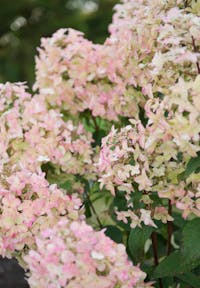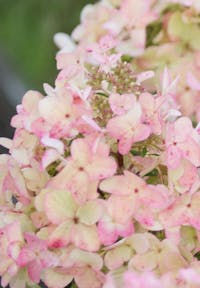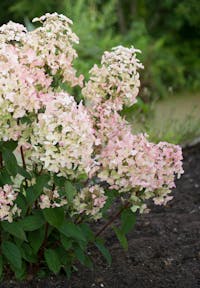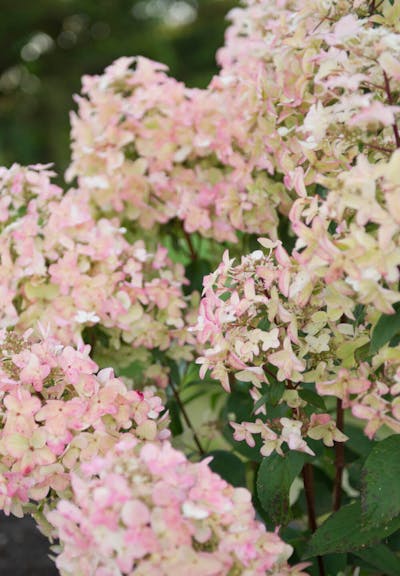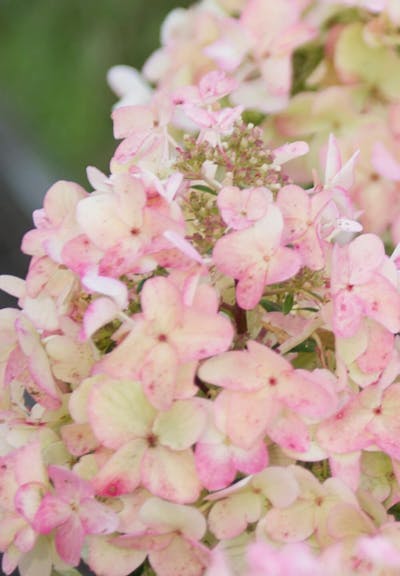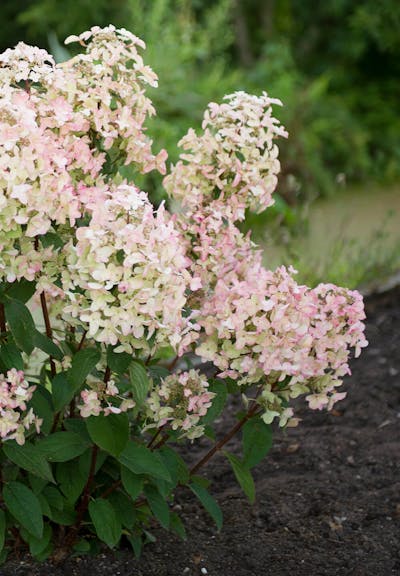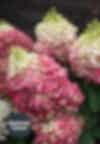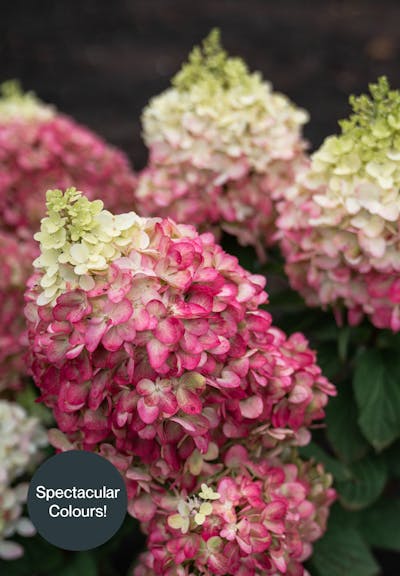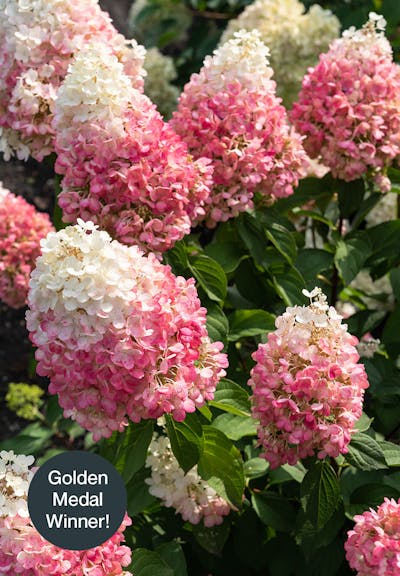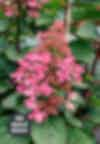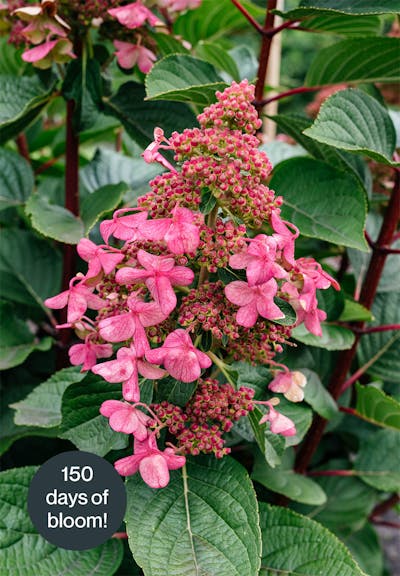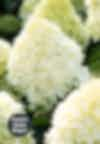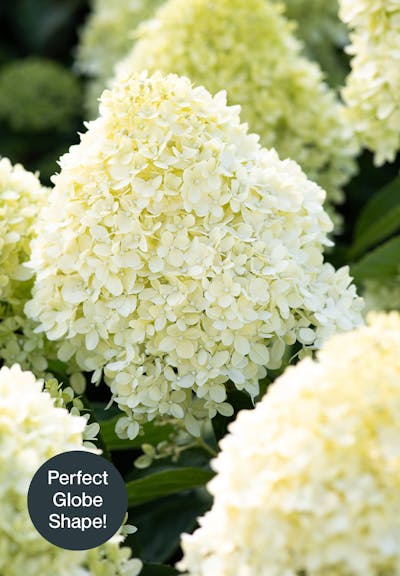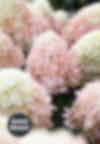Hydrangea paniculata Living Wim's Red®
Hydrangea paniculata Living Wim's Red®
Hydrangea paniculata Living Wim's Red®
Living Wim's Red®
Well shaped shrub with strong branches. The plant has three different growth stages. The flowers turn from white to light pink and finally deep red.
Size
W. 100 cm x H. 150 cmShare
WhatsappSeasonal Discoloration
- May
- July
- September
- October
- 100 days in bloom
- Winter hardy to -30°C
- Easy to maintain
Hydrangea paniculata Living Wim's Red®
Propagation is strictly prohibited!
Protected plant variety EU29135
How to take care
Growing
Congratulations on the latest addition to your garden! Your brand-new Hydrangea. Just take care of it and watch it flourish. We’ve made is super simple for you because Living Creations Hydrangeas are easy to maintain. With minimal care you’ll get maximum results. Check out these tips for getting the best out of your Hydrangea.
-35° winter-hardy
Freezing cold? No problem. Living Creations® Hydrangeas will survive. They are winter-hardy and can withstand severe winters. No climate is tough enough. They grow all over the world and even survive in Siberia.
Grow in full / half sun
Living Creations® Hydrangeas perform the best by a large dose of sunlight. These sun rays ensure more flowers and additionally extra colored petals. Furthermore, sunlight support to remain a compact plant.
Planting a Living Creations® Hydrangea
Planting
Get your Living Creations Hydrangea off to a great start by planting them right. Be sure to plant them in moist ground. After planting, you need to cover the roots completely with soil.
W. 100 cm x H. 150 cm
After 3-4 years the Hydrangea will reach a width of 100 cm and the height of 150 cm. The exact size will deviate when the plant is not (properly) pruned.
3 products per m²
Always wanted a sea-of-flowers-garden? In that case the correct dosage is super important. Plant three Hydrangeas on every square meter for the perfect density.
Pruning
Perfect pruning is your key to glorious blooming. Prune your Hydrangeas once every year to get the most blossoms. Don’t worry, it’s super easy. Watch this how-to video to see how it’s done.
November - April
From November to April it’s time to prune the Hydrangea. Even though, the plant and its withered flowers function as an important food source for insects during wintertime. Want to provide insects a winter meal? In that case it's best to let the winter pass and prune in early spring.
Proper pruning
Large flower panicles on sturdy and upright branches. Sounds good, right? Cut them all the way back for an outstanding visual performance.
Worldwide
Our Hydrangeas travel all over the world because they thrive in all kinds of climates. Do you have Living Creations Hydrangeas in your garden? Send us a photo and you could earn a place on our map of fame!


